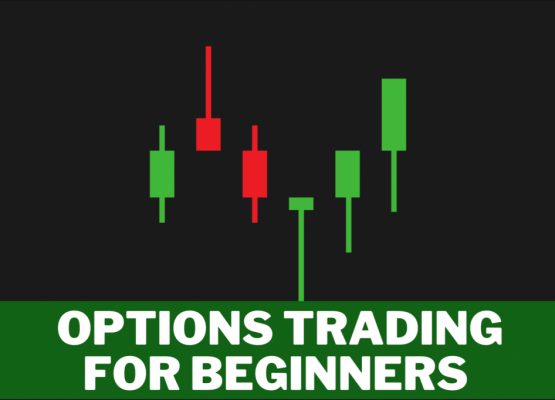Options Fundamentals

Options Trading Fundamentals: Understanding Implied Volatility & Beta
In the video below, we discuss both implied volatility & beta in the context of options trading. I made the video a while back, but figured it would be a good reference to publish to the website. Regardless of your specific options trading strategy, I believe this information can be valuable for you. That’s because […]

This Monthly Dividend ETF Pays 11.75% (SPYI)
In the video below, I dive into the NEOS S&P 500 High Income ETF (SPYI), which has recently become an increasing competitor to some other high-yield dividend funds. The SPYI ETF has been increasing in popularity among investors, positioning itself as a potential alternative to other, more well-known high-yield dividend ETFs, including JEPQ and JEPI. […]

Mastering Cash-Secured Puts for Beginners: Your Guide to Earning Income While Buying Stocks
When it comes to investment strategies, the allure of generating consistent income while potentially owning stocks at a discount is compelling. This strategy, known as the cash-secured put strategy, offers investors an interesting approach to enter the stock market. In this article, we will unravel the main considerations when it comes to cash-secured puts, guiding […]

Options Trading for Complete Beginners in 2024
The broad definition of an option is a derivative contract against an asset such as a stock, land, car, or something else, that gives you the right, but not the obligation, to buy or sell the asset at an agreed upon price over an agreed amount of time. To give you a practical example of […]
